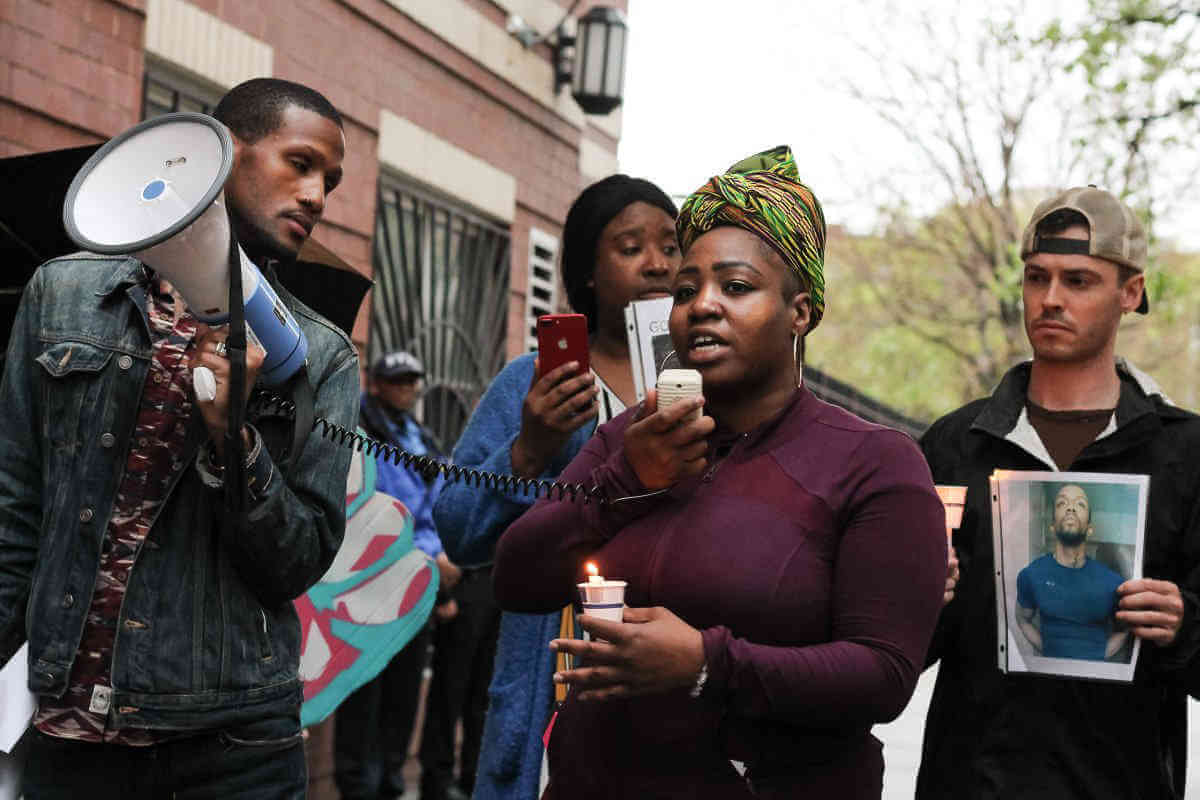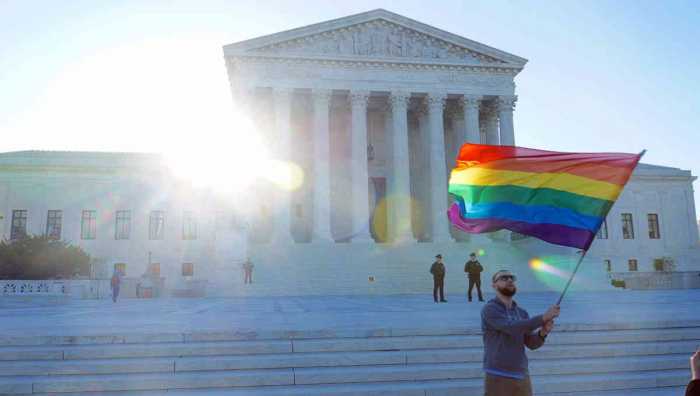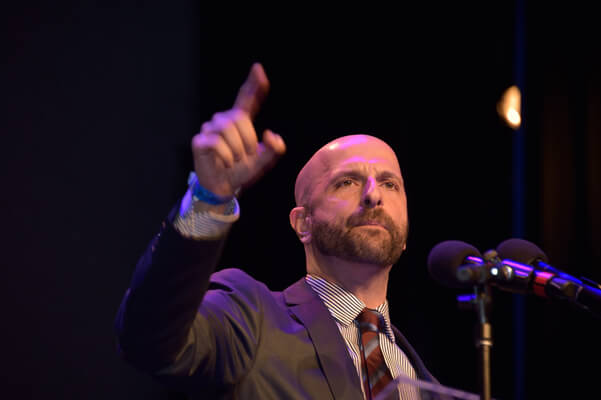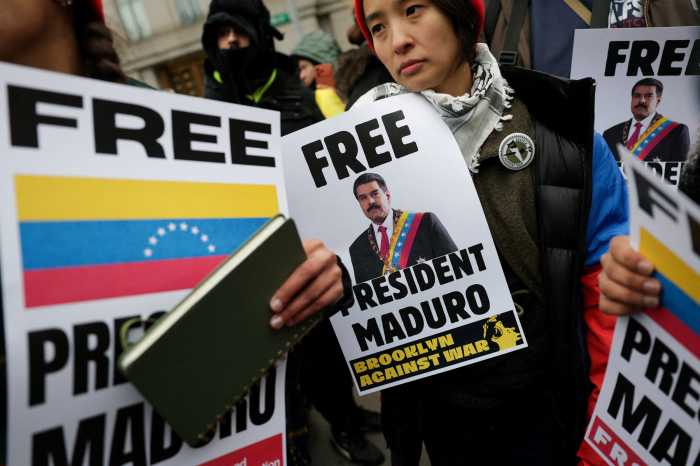Roughly one week after NYPD officers killed a gay black man at his apartment in the Bronx, advocates gathered outside that home to demand accountability, transparency, and a full investigation into the circumstances surrounding his death.
A rally was held April 22 at Hill House in the borough’s Morris Heights section, where 32-year-old Kawaski Trawick — a member of the local queer ball scene — was residing when cops shot him four times on April 14. The shots came, they said, after he “suddenly jumped to his feet” when he was tased during what has been described by advocates as a possible case of emotional distress that warranted support, not four fatal bullets to the chest.
Advocates are seeking the release of body camera footage of the incident, the naming of police officers involved in the shooting, and the appointment of a special prosecutor to handle the case by State Attorney General Letitia James.
The NYPD dodged questions from Gay City News about whether or not body camera footage would be released or if the police officers involved would be named.
In a written statement, the NYPD claimed Trawick initially called the FDNY and said his front door was locked and his apartment was on fire. Firefighters arrived, forced the door open, and found that the apartment was not on fire.
Neighbors called police at around the same time, and cops said they arrived to Trawick’s apartment and found him holding a kitchen knife in one hand and a broomstick in the other. After he refused to answer pleas to drop those weapons, the police officers tased him and he fell to the ground.
At that point, cops said, Trawick jumped up and “charged at the officers from a short distance” with the knife and broomstick in hand. Cops left the apartment, but Trawick allegedly continued charging at them, forcing officers to shoot him, the NYPD asserted. He died at Bronx Lebanon Hospital later that night.
Advocates say folks who were in the area at the time of the incident met the NYPD’s story with suspicion. They believe that full accountability is the only way to begin to understand what happened the night of April 14.
“Reports from the local community in the Bronx and those on the scene suggest Kawaski was not a threat to anyone when police arrived at his building,” said Carolyn Martinez-Class, who is a spokesperson for the police watchdog group Communities United for Police Reform. “Instead, he was in his room, possibly in a state of emotional distress. His death was preventable.”
Others pointed to the way authorities have dragged their feet on details surrounding the fatal shooting. Jason Walker, who serves as the HIV/ AIDS campaign coordinator at VOCAL-NY, a grassroots advocacy group with a focus on homelessness, incarceration, healthcare, and issues related to drug reform, complained that it has “been over a week without full transparency or accountability from the NYPD.”
“Kawaski Travick was a 32-year-old black gay man who loved to vogue and dance,” Walker said. “He came to New York City looking for opportunity and he should be with us today. Instead he is dead.”
It is not immediately clear whether Trawick was suffering from mental health issues at the time of his death, but one of his friends told the New York Post that “he’s always been edgy, and I always tell him that he needs to slow down.” Another one of his friends told the Post that Trawick had been kicked out of his family’s home due to his sexuality and had not spoken with family members for 13 years. Further details about Trawick’s life, including where he lived prior to moving to New York, were not immediately clear. Attempts to reach Trawick’s sister were unsuccessful.
“There are many unanswered questions about Kawaski Trawick’s recent death. But one thing is clear: Kawaski should still be alive today,” Martinez-Class said. “In recent years, there have been far too many cases of emotionally distressed black New Yorkers and other people of color dying at the hands of NYPD officers.”



































